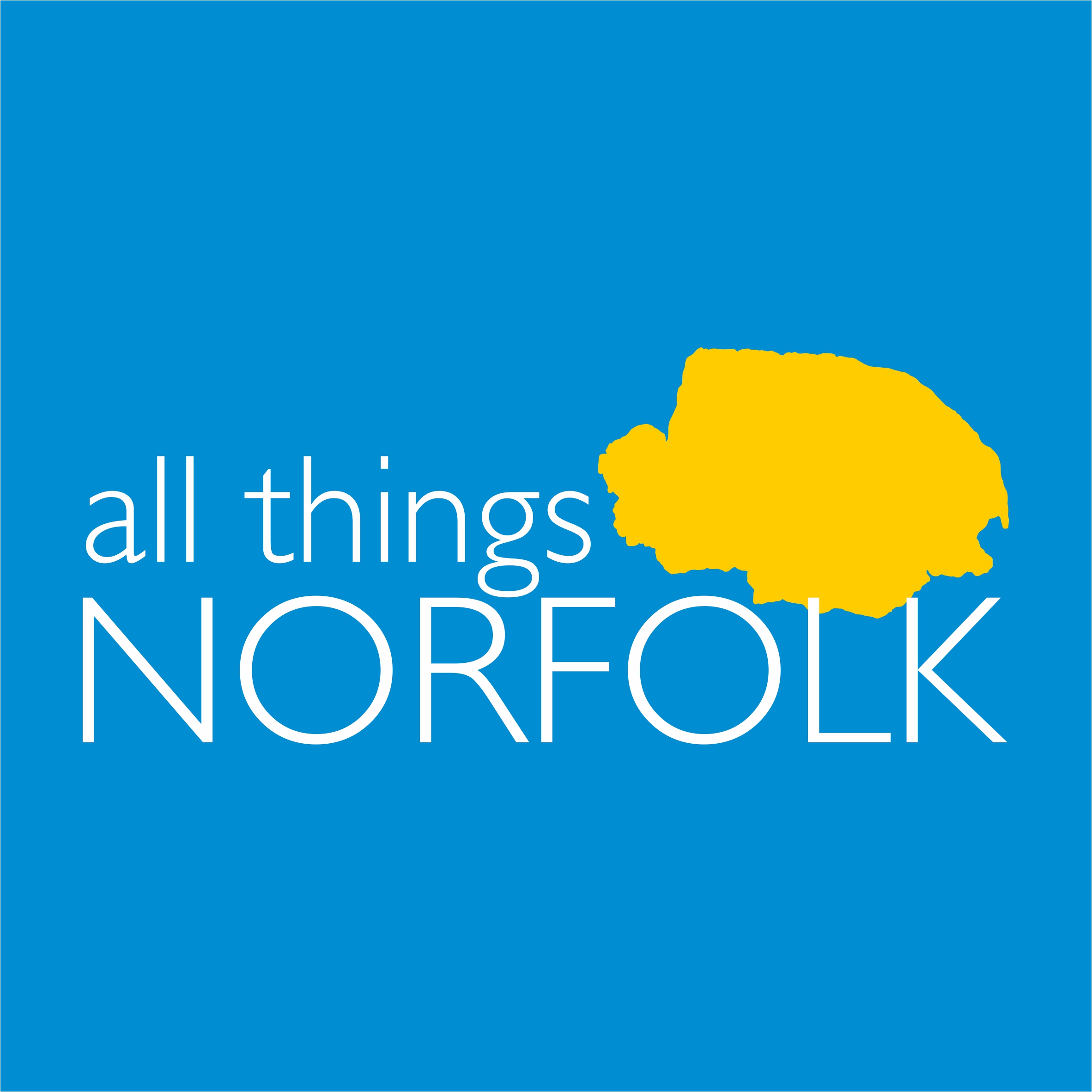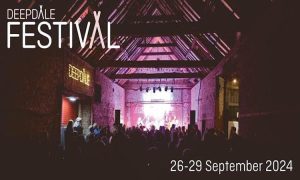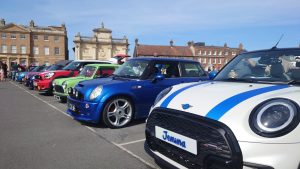Hickling Broad was created in medieval times by locals digging out peat for winter fuel; today it is a unique landscape of Norfolk reed and Woodland Carr. Throughout autumn and winter, as sunset approaches, it is a secret place to watch nature’s clock unfold.
Follow the path to Stubbs Mill where a Norfolk Wildlife Trust viewing platform will help to keep your feet dry while offering views over fields of waving reed, glistening water and lost long Broads buildings.
Over the years barn owls have found a safe place to roost and breed in the broken timbers of Brograve drainage mill, while short eared owls, with their piercing yellow eyes may be seen quartering the banks.
When shadows darken marsh harriers start to arrive. It’s not surprising that these large impressive birds, once nearly extinct, have a stronghold in Norfolk as their favourite hunting ground is over reed beds and marshes. Up to seventy birds have been seen circling around this roost site, a spectacle not to be forgotten.
As the sky darkens the best is still to come. The common crane, rare elsewhere, but common in the Broads, return home in the dying light. These huge birds with outstretched necks and trailing legs proclaim their arrival with a triumphant call. This beautiful, evocative sound fills the air above Hickling and haunts both the landscape and your memory. As darkness falls it’s time to turn on torches and seek out warming refreshment at one of the nearby hostels.
For further details about Head East visit www.visiteastofengland.com/head-east




